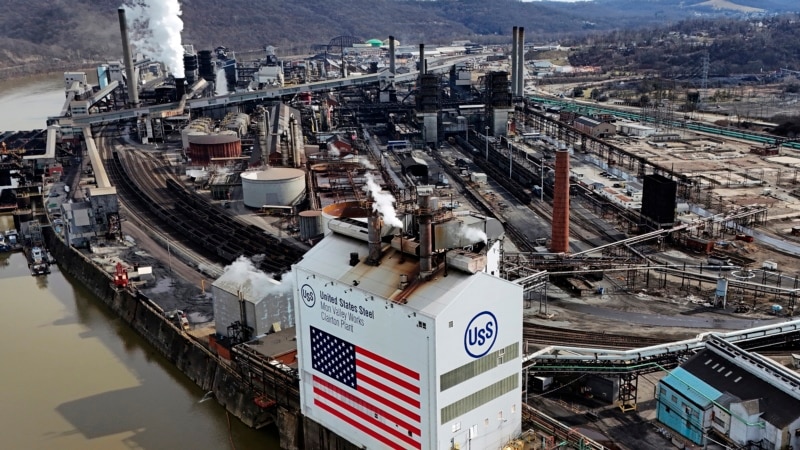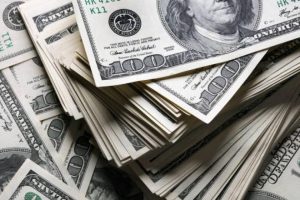Annual U.S. inflation hit a three-year low in July, the latest sign that the worst price increases in four decades are fading and paving the way for a Federal Reserve rate cut in September.
The Labor Department reported Wednesday that consumer prices rose just 0.2% from June to July, after falling slightly the previous month for the first time in four years. Compared with a year ago, prices rose 2.9%, down from 3% in June. That’s the most modest annual inflation figure since March 2021.
The current price slump could weigh on the presidential campaign, as former President Donald Trump has highlighted rampant inflation as a key failure of President Joe Biden’s administration and its energy policies. Vice President Kamala Harris said she would soon unveil new proposals to “reduce costs and strengthen the overall economy.”
The government said almost all of July’s inflation reflected higher rents and other housing costs, a trend that real-time data show is slowing. As a result, housing costs should rise more slowly in the coming months, helping to reduce inflation.
In July, grocery prices rose just 0.1 percent and are just 1.1 percent higher than a year earlier, a much slower pace of growth than in previous years. Yet many Americans are still struggling with food prices, which remain as much as 21 percent higher than they were three years ago, even though average wages have risen sharply since then.
Gasoline prices were unchanged from June to July, down 2.2% from a year earlier. Apparel prices also fell last month; they have remained almost unchanged from a year earlier. Prices for new and used cars also declined in July. Used car prices, which have skyrocketed during the pandemic, have fallen nearly 11% over the past year.
Some food prices, including meat, fish and eggs, continue to rise faster than before the pandemic. However, prices for dairy products, fruits and vegetables declined in July.
Wednesday’s report showed inflation was approaching the Fed’s 2% target, though not too quickly, which could indicate the economy is weakening, said Tara Sinclair, an economist at George Washington University and a former Treasury Department official.
Connect with the Voice of America! Subscribe to our channels YouTube, WhatsApp and to newsletter. Turn on notifications and follow us on Facebook, X and Instagram.



![[Img #74286]](https://thelatestnews.world/wp-content/uploads/2024/11/Stem-cells-grown-in-space-have-unique-qualities-150x150.jpg)







Add Comment